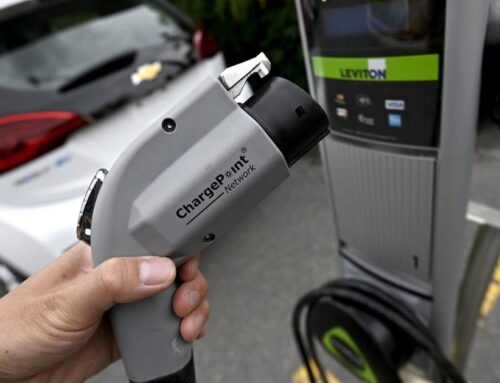New Orleans attacker visited city twice in recent months, wore Meta glasses to record the scene in advance
January 5, 2025
CNN
—
The New Orleans attacker visited the city twice in the months prior to New Year’s, and used Meta smart glasses to film Bourbon Street and plan out the attack, FBI New Orleans Special Agent in Charge Lyonel Myrthil said Sunday.
The attacker, Shamsud-Din Jabbar, stayed at a rental home in New Orleans from October 30 for a few days, and during that time recorded video as he bicycled through the French Quarter, Myrthil said. He also visited New Orleans on November 10, and investigators were still putting together the details of that trip.
He was wearing a pair of Meta smart glasses while carrying out the attack on New Year’s, but he did not activate them that day. The glasses were found on him after his death.
Sunday’s news conference came days after a 42-year-old Army veteran who had pledged allegiance to ISIS drove a pickup truck into scores of Bourbon Street revelers in the early hours of New Year’s Day and then opened fire, killing 14 and injuring at least 35, according to the FBI. The vehicle ultimately crashed into a cherry picker forklift, and the Jabbar was killed in a shootout with police.
Jabbar had earlier placed two improvised explosive devices, or IEDs, on Bourbon Street, and a transmitter to detonate the IEDs was found in his vehicle, the FBI said. Bomb-making materials were also found at a nearby Airbnb where Jabbar was staying and at his home in Houston.
The mass killing has raised questions as to how the city secured Bourbon Street and how a heavy-duty truck was able to drive onto one of the most pedestrian-heavy roads in the US.
The potential threat of a ramming attack has been well known at least since the mass ramming attack in Nice, France, on Bastille Day in 2016.
In New Orleans, a private security consulting firm warned in a 2019 report that the risk of terrorism in the French Quarter – specifically mass shootings and vehicular attacks – remained “highly possible while moderately probable.”
“The current bollard system on Bourbon Street does not appear to work,” the report said.
The city previously installed some wedge barricades on Bourbon Street but did not have them raised and in position on New Year’s Eve, and officials said they did not work properly. New Orleans also owns some other temporary barriers, known as Archer barriers, but Police Superintendent Anne Kirkpatrick said she “didn’t know about them” prior to the attack.
In addition, New Orleans has been installing new, removable stainless-steel bollards along several blocks, but those were not expected to be ready until the Super Bowl next month.
Those new barriers are only able to withstand vehicle impacts of 10 mph, according to a Reuters report. Citing a city-contracted analysis in April by engineers and city bid documents, Reuters reported the assessment determined that a truck similar to the one used in the attack could plow through the area at speeds ranging from 12 to 70 mph. CNN has contacted the city of New Orleans for copies of the documents and comment on the assessment.
On the night of the attack, a police vehicle was positioned sideways to try to block off Bourbon Street, but the attacker drove onto the sidewalk to evade it and then sped down the street.
“We did indeed have a plan,” Kirkpatrick said. “But the terrorist defeated it.”
The 14 victims include a 27-year-old mother, a former Princeton football player and a British man with a connection to the Royal Family.
This is a developing story and will be updated.
Search
RECENT PRESS RELEASES
Related Post


